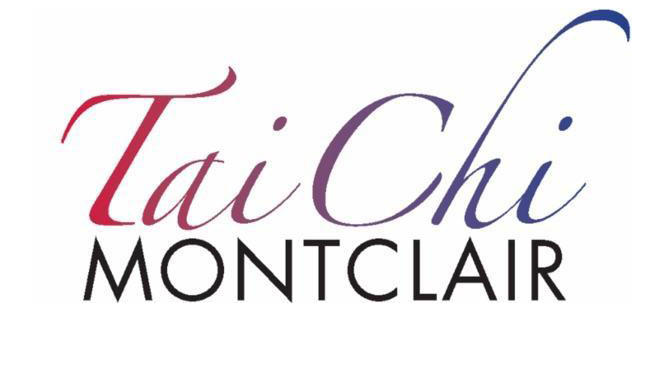More Science from a Non-Scientist
/I confess that explaining how tai chi practice affects our health by developing and protecting the body's fascia is a bit beyond my ability as a lowly tai chi teacher. I hope Dr. Patricia Huston, who has been so generous to our association with her time and research, will write something that will explain better. Holly Sweeney-Hillman, who taught me tai chi and from whom I first heard the word "fascia" many years ago, has done a great deal of research herself. But here is my attempt...
As I said last week, keep two words in mind. The first, tensegrity, was originally coined by Buckminster Fuller of geodesic dome fame. It means that structures can be created by independent rods and beams and struts that don't actually touch but together create a kind of tension that holds the whole thing together. If one rod breaks or gets out of place the whole structure might collapse. The human skeleton is similar. Its tensegrity is regulated by a system of connective tissue, or—second word—fascia that covers all muscles, organs, blood vessels and nerves. These clusters of dense fibers work both independently and as a continuous "tensional network" throughout the body.
Fascia is very "plastic" and adaptable to the human body and its needs. Through movement, we can change and repair our fascia. The theory is that tai chi, with its emphasis on expanding and contracting in smooth continuous and slow movement is perfectly suited for strengthening and repairing fascia, more than, say, lifting weights or exercises like yoga that emphasize holding stretches (good as both of these can be for us). Probably the important factor is the emphasis on breath. The Chinese word qi, which we understand as “energy,” can also be translated at breath. So we are literally bathing our fascia in oxygen as we expand and contract, move left and right, turning the waist and the legs and arms.
The more we practice tai chi the more we know our body and its needs. We can adapt fascia to those needs, making us more flexible, slowly protecting and repairing our knees, our shoulders and backs, improving our “proprioception,” a term that means knowing where we are in space. That’s a subject for another column.
QUOTE OF THE WEEK
It seems the Chinese knew this all along.
Tai Chi classics were certainly on to something when they told us that if one part moves, the whole body responds ‘like a string of pearls connected by interwoven threads of silk.’ (12) From the Internal Athlete, Tai Chi, Fascia & Biotensegrity
In motion all parts of the body must be light
nimble and strung together … without the slightest break.
from taijineigong.com
One feature of this fascial body structure is that it never stops adapting to how we use it most; the body has a great capacity for structural change at any age so we always can keep learning and improving. from The Tai Chi Effect

